
Jar Traditional Damaged Pottery Broken Container
The phrase, “bury the hatchet,” according several online sources, originated as an American Indian tradition, where tribal chiefs, especially the Iroquois, would bury their hatchets when they came to a peace agreement.” In a sense, that what appears to happen in this week’s Torah reading, Vayigash–which means to “come near” or to “approach.”
Arguments, disagreements and wars usually require at least two sides, but since the famine which began two years earlier, Joseph has been waging his own, single-sided war on his brothers, whom we learned in last week’s reading, don’t recognize him. Until now, their participation in this “war” has been limited to their shock and frustration at the way they’re being treated by Joseph, who is clearly playing head games with them. Finally, Judah has had enough and “comes near” to engage in battle with the man who is, kamokha k’faro, “like/even as Pharaoh;” in other words, “as important as the king.”
Judah’s words–and the emotions that come through in them–finally crack Joseph’s hardened shell, and as the late Leonard Cohen sang, “There is a crack in everything, that’s how the light gets in.” Joseph sends away his Egyptian attendants and begins to cry loudly as he reveals himself to his astonished brothers. Having overheard their lamenting that they were being punished by God for their behavior towards him 20 years ago, Joseph is quick to assure them that it was all part of God’s plan, and that he–Joseph–was now in a position to save his family from starvation. Does this really create shalom bayit, peace in the home?
Was this reassurance Joseph’s way or letting his brothers know he has forgiven them for what they did by telling them that being sent to Egypt was part of God’s plan. It sounds as though Joseph may believe that, but the text never tells us what the brothers are thinking, or how they react to this information. Joseph seems eager to bury the hatchet, but the question remains, is there peace and forgiveness in the family?
Composer and Jewish educator Beth Hamon writes of “A Cracked Jar,” which when buried, “will hide the cracks, but cannot heal them.” In essence, Joseph buried the hatchet–or the very cracked jar–by seeming to make light of the past, by and assuming his brothers would as well. (Spoiler alert, they don’t). Once the family is reunited; however, very little changes; Joseph remains in Egypt while his father and the rest of his family settle in Goshen. They come together when Jacob is about to die, and bury him together, but the rest of their lives appear, based on a plain reading of the text, to be completely separate from each other.
Chances are quite slim that anyone today would actually sell his or her sibling to a passing caravan, but rifts in families–for a variety of reasons–are all too real. Our “jars” are full of broken promises, perceived insults, misunderstandings and very often, true and very real hurts that run deep.
I imagine that the ritual of burying a hatchet as done by Native American chieftans would have profound power, but chances are, the anger and resentment of the past would simply be waiting below the surface, ready to be dug up at any time. Old hurts simmer and bubble up, and nothing is changed; there is no forgiveness or atonement, only an ever-present sense of tension.
Each of us is a klei kodesh, a holy vessel–a jar, if you will. We start out shiny and new, as Beth writes, but “life’s little earthquakes make us wobble till we fall,” and the vessels get cracked–we put the cracks there, and so do others.
Ignoring something in the hope that it will “go away,” or stay buried, is like the cracked jar–the contents will seep out and contaminate the area surrounding it. It’s only when we bring out the jar and reveal the cracks that healing can begin–as Beth write, “The only way I know for us to mend the breaks is to reveal them.”
May we find the strength to not only reveal the cracks in our jars, but to see them as ways for light to enter our jars and our lives. Although the festival of Hanukkah has ended for this year, may its light continue to shine brightly in our lives. May it illuminate the cracks in our jars so we can begin to repair the world.
Listen to Beth Hamon’s “A Cracked Jar”

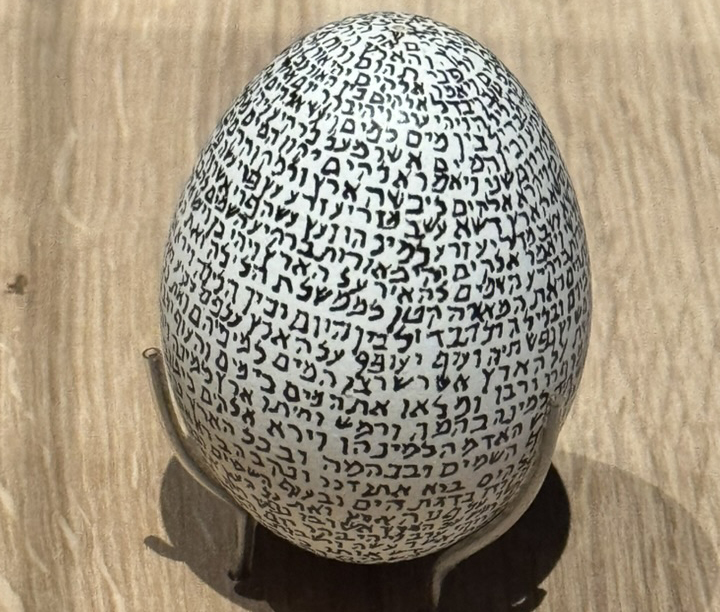
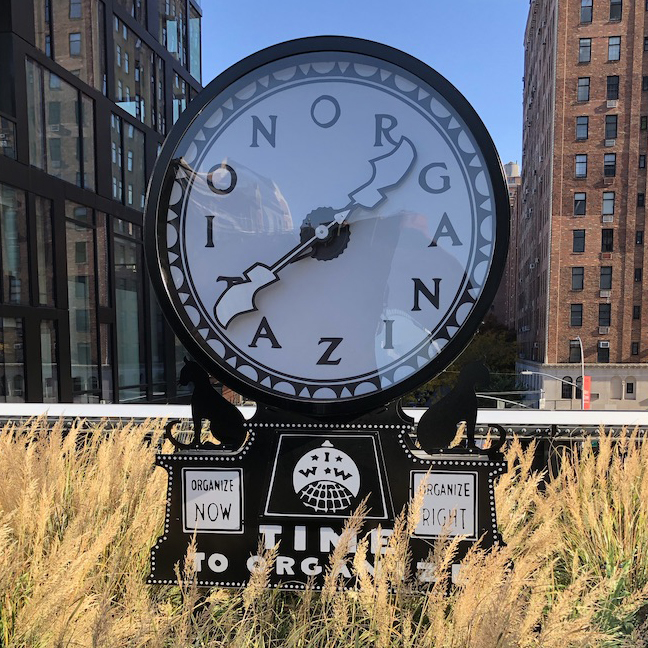

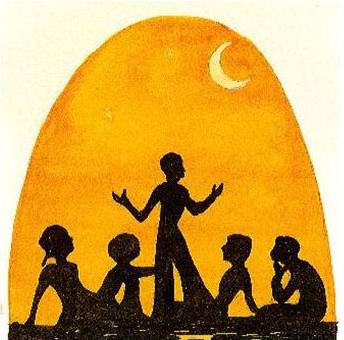

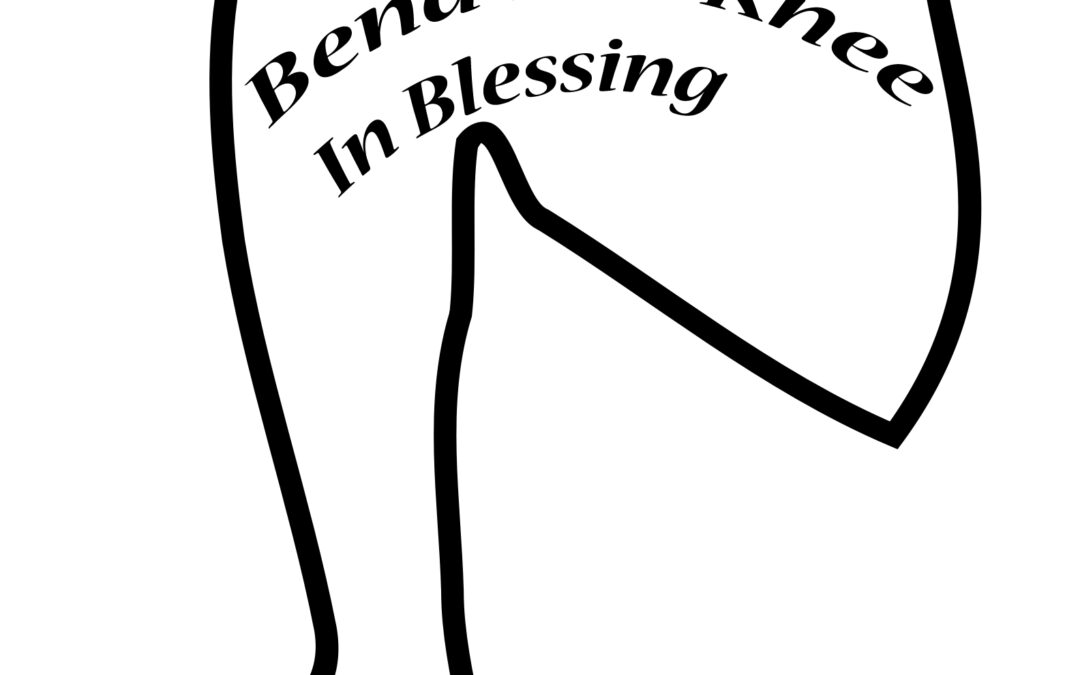

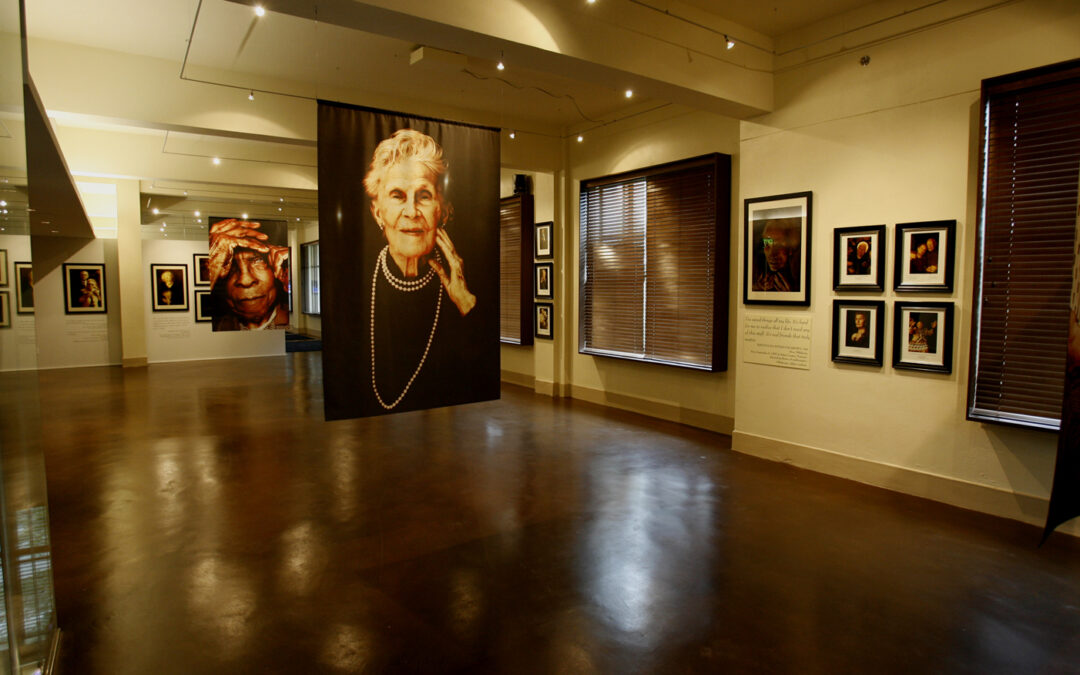
0 Comments